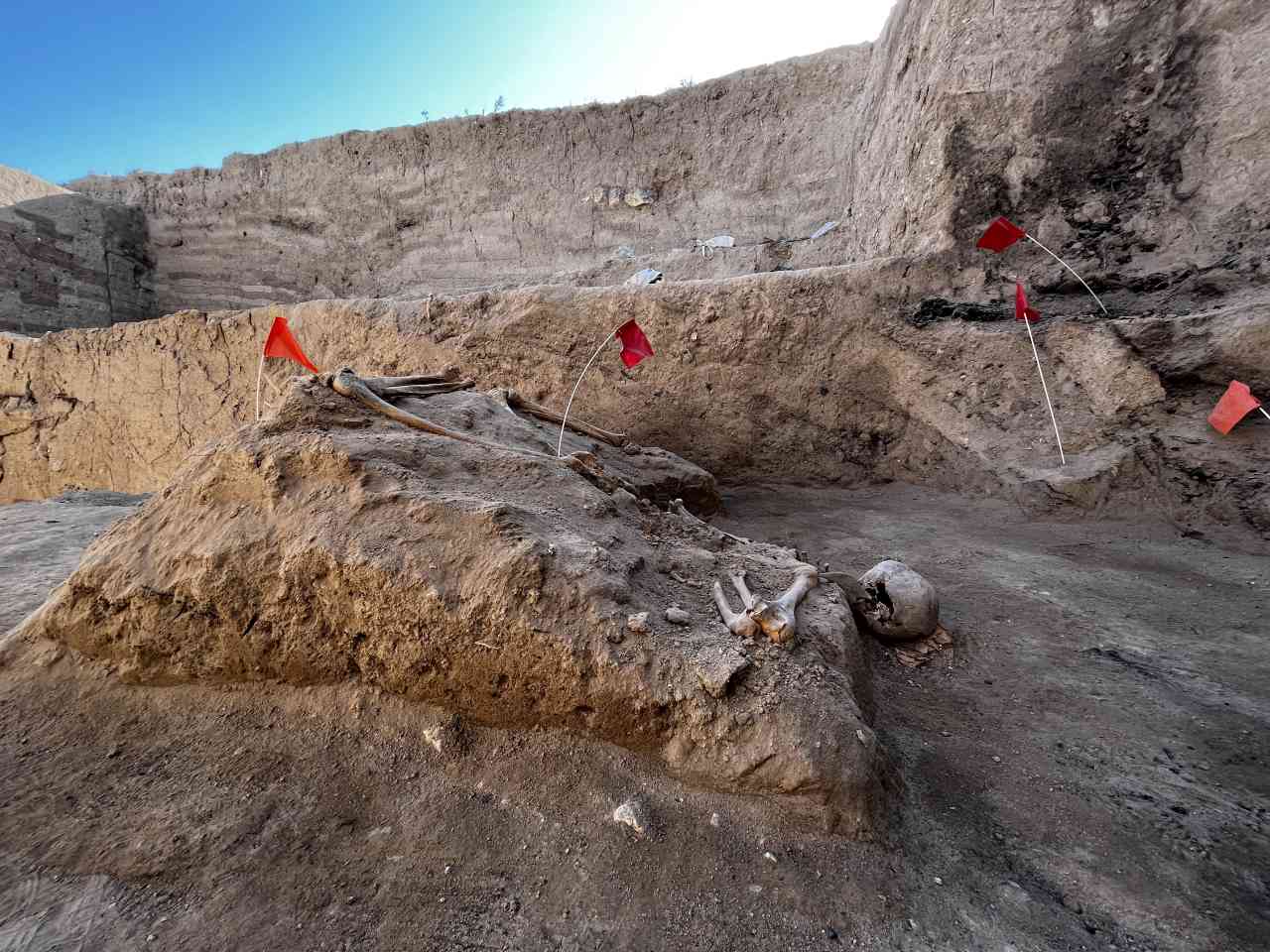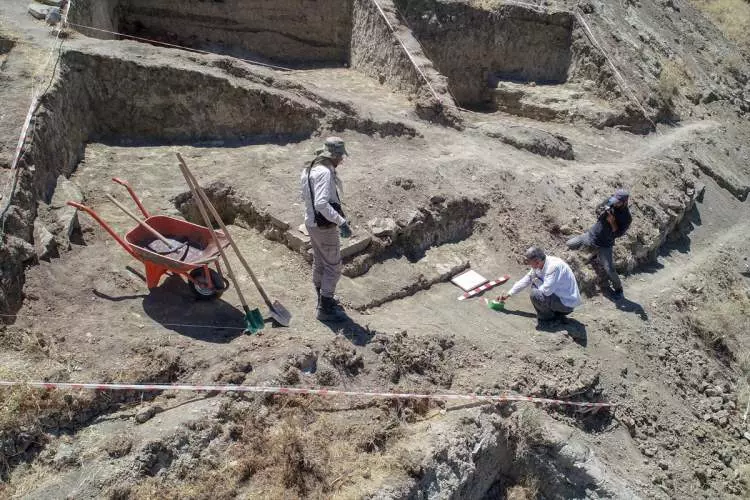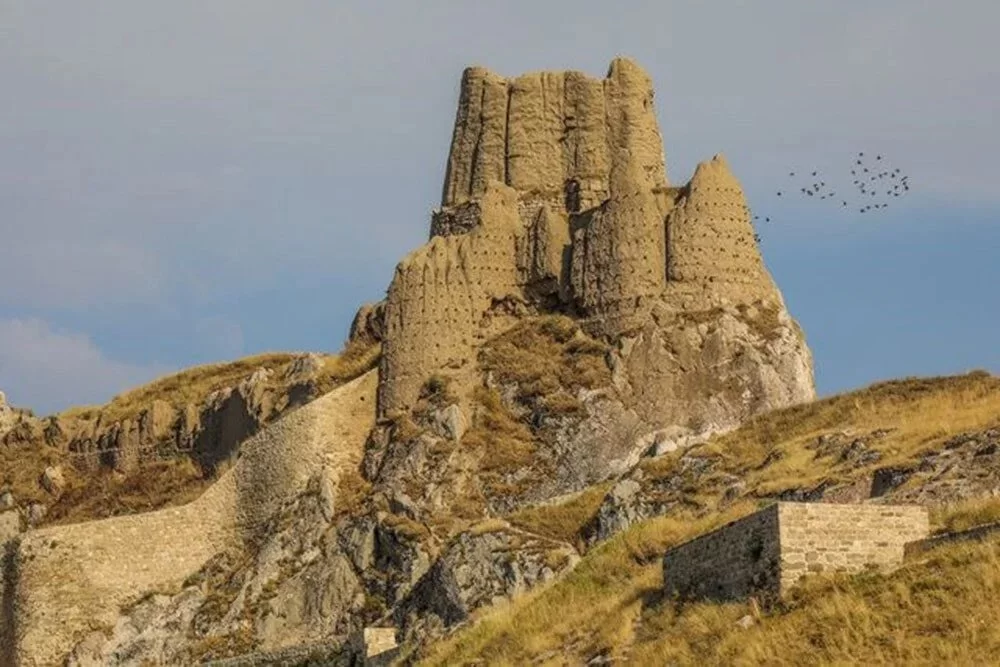
A skeleton of an Urartian man with partially preserved brain tissue was found in Ayanis Castle
During the excavations of the Urartian period Ayanis Castle located on the shores of Lake Van in the Eastern Anatolia region of Turkey, a skeleton belonging to a Urartian man was found, with partially preserved brain tissue. In this year’s phase of the ongoing excavation efforts that have been carried out for 36 years at

Urartians used terracing method to protect against the destructive force of earthquakes
During the excavation works carried out at Çavuştepe Castle, which was built by King Sarduri II of Urartu in 750 BC, along with the necropolis area to the north, it was observed that the Urartians used terracing method to mitigate the destructive effects of earthquakes. The Kingdom of Urartu ruled over a vast geographical area

Urartian King Argishti’s bronze shield revealed the name of an unknown country
Urartian King Argishti’s bronze shield revealed the name of an unknown country. The bronze shield, which was purchased by the Rezan Has Museum, is believed to have been found within the boundaries of Ağrı-Patnos and Muş regions. The bronze shield is 40 cm wide. Apart from the inscription, the surface of the shield contains dotted
